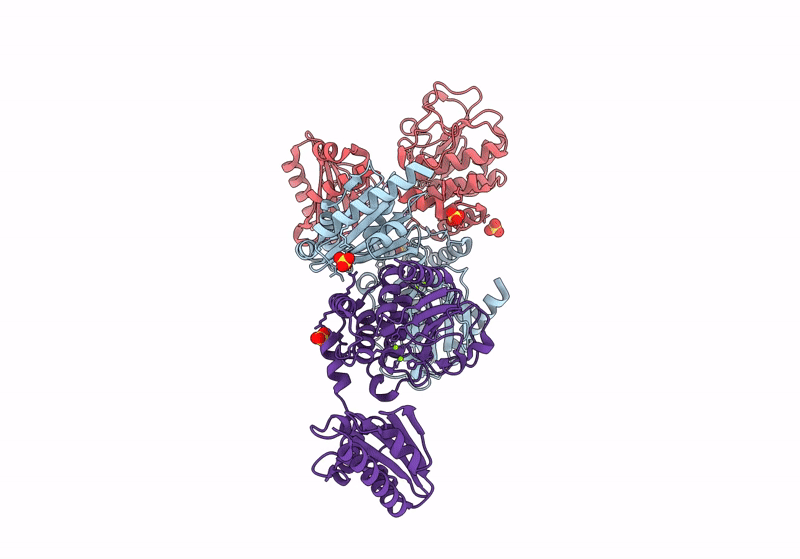
Deposition Date
2023-03-13
Release Date
2024-03-20
Last Version Date
2024-07-17
Entry Detail
PDB ID:
8IOO
Keywords:
Title:
Crystal structure of Deinococcus radiodurans RecJ-like protein in complex with Mg2+
Biological Source:
Source Organism:
Deinococcus radiodurans (Taxon ID: 1299)
Host Organism:
Method Details:
Experimental Method:
Resolution:
2.00 Å
R-Value Free:
0.24
R-Value Work:
0.22
R-Value Observed:
0.22
Space Group:
C 1 2 1


